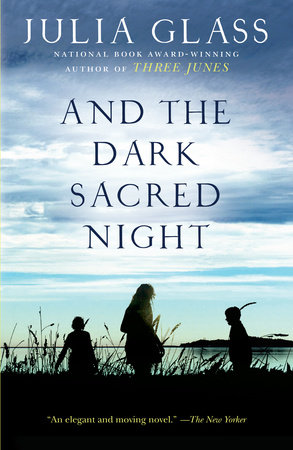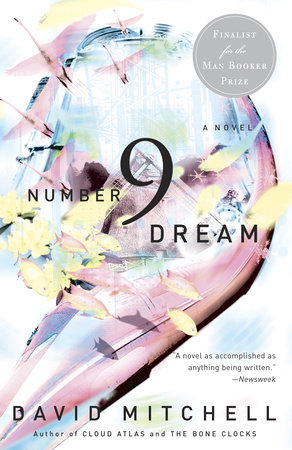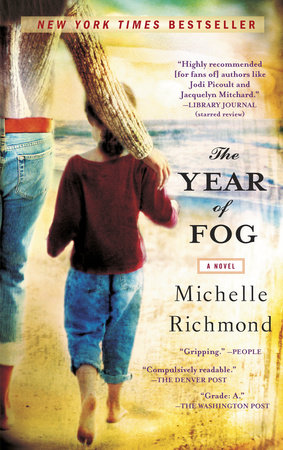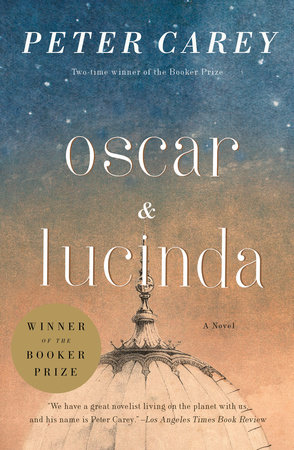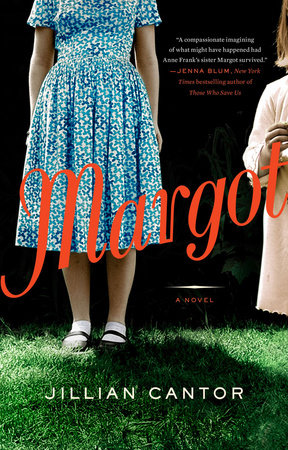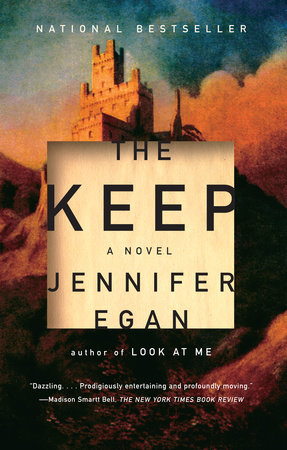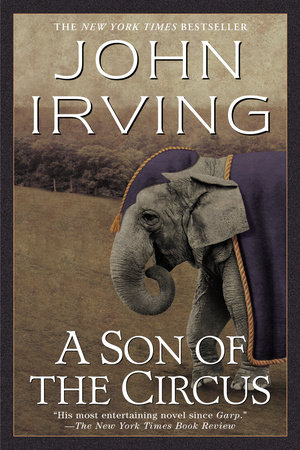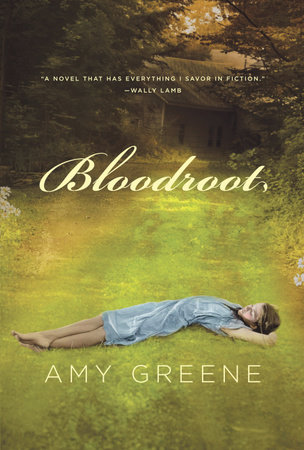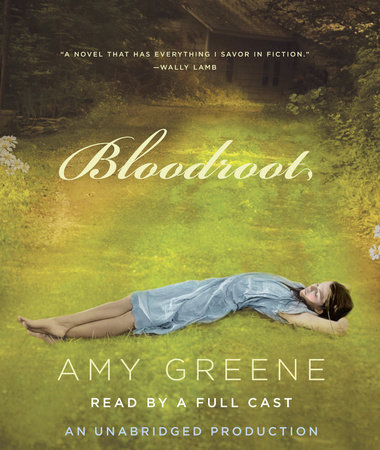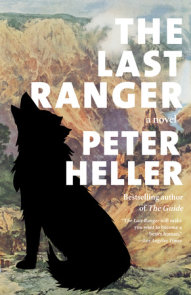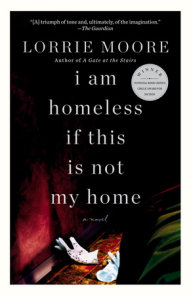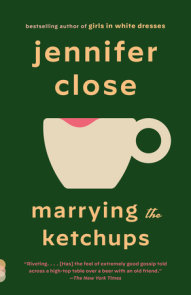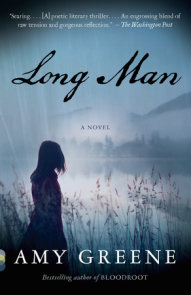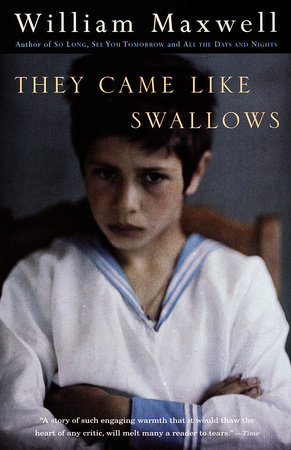Author Q&A
Q: You’ve lived all your life in East Tennessee’s Smoky Mountains, a part of the country you depict so vividly, from the landscape to the voices of the people who live there, in Bloodroot. How did you imbue a familiar place with such detail and even magic? What was it like to put the language you’d heard all your life into words on the page, as dialogue?
A: There is, I think, an intimacy with the landscape that comes with living here. Most of my childhood was spent outdoors, a part of my experience that emerges naturally in my writing. Bringing the language I’ve heard all my life to the page also came easily. It was instinctive to appropriate the voices of my family, friends and neighbors for the characters I was exploring in Bloodroot. The challenge was actually in dialing back the language once I had poured it onto the page, making it accessible to people who aren’t familiar with these expressions and colloquialisms.
Q: Six different characters—men and women, old and young—narrate Bloodroot . Which characters or voices came to you first? Who was the most difficult to write, and who was the easiest? Did you have any particular people in your own life in mind when you came up with these characters originally? How did you invent the totally unique Ford Hendrix?
A: I envisioned Johnny and Laura first, not as children but as young adults. I considered writing a short story about them, but realized I wanted to know more than I could learn about their lives within a few pages. I found myself creating a past for them, going back in time before their birth to discover what had brought them to such a dark place. Their great-grandmother, Byrdie, was the easiest character to write. She hasn’t changed much since the first draft of Bloodroot, probably because I’ve been surrounded and raised by women like her, my mom and my aunts and the ladies I went to church with. I was interested in exploring, through Byrdie, the stories I’d heard from them about life in Appalachia during the Depression. John Odom was hardest to write. It was difficult to show all his dimensions and his conflicting emotions—to portray him not just as a villain but also as a tortured soul. I struggled to make it believable that, at least in his own mind, it was possible for John to love Myra and at the same time, to hurt her. With Ford, I wanted Johnny to have the father figure he was searching for, but the first character I created to fit that role became uninspiring to me. I knew he wasn’t working, so I scrapped what I had written and began to imagine a character I wouldn’t grow tired of, one who would intrigue Johnny and me both enough to follow him a long way. The intriguing figure I ended up with was Ford Hendrix.
Q: Bloodroot takes place across four generations, from the Great Depression to the present-day. At times there’s a sociological aspect to your depiction of life in Appalachia—the poverty some families struggle with for years, the development of the land. But in some ways the story you’ve told seems out of time—we don’t see politics or computers, for instance. Did you consciously weave social issues into the novel? How isolated is this area of the country, and how has that changed over time? To your mind, what role does history and the passage of time play in this family story?
A: I didn’t think about “sociology,” especially not at first. I concentrated primarily on storytelling, and building the lives of the characters. For the most part, I kept the wider world out of the picture, partly to preserve the dreamlike quality I wanted to achieve with the writing, and also to portray the sense of isolation that comes with living in Appalachia. Often the passage of time and what’s going on outside the mountains has little impact on life here. People still grow and can their own food, get their water from wells and springs, use wood and coal for heat. There’s a feeling of separateness from the rest of the country. But as I wrote deeper into the characters, the outside world began seeping into their stories with the progression of time. In successive drafts I was able to add another layer to Bloodroot by expanding those moments already present in the narrative that addressed social issues, such as the poverty that persists in parts of Appalachia. Although the quality of life has improved hereover the last few decades, there are still areas where lack of education, job training and access to public services makes life difficult. I also thought about the possibility of hopelessness as a kind of legacy, generation after generation accepting destitution as their lot in life because it’s all they’ve ever known. But while history and the passage of time do play important roles in this story, the familial bond of the characters mattered more to me. It transcends the changing world around them—the landscape changes, their circumstances change, people move in and out of their lives. But their blood ties are permanent.
Q: Magic and mysticism run throughout the book—there are “granny women” who are like witches; spells and potions, including a visceral scene where a young woman swallows a chicken heart to make a man fall in love with her; and a special connection with animals, called “the touch,” that is passed down in the family. How did these supernatural elements make their way into a story that often feels very true-to-life? Growing up, had you heard any similar legends? Does this type of folk magic—healing or curses or anything else—still hold weight for people?
A: I’ve always seen Appalachia as a magical place. I grew up hearing stories of haints and fortunetellers and curses. One of my favorite scenes in Bloodroot to write, where Clifford blows healing wind down Byrdie’s throat, is based on a story my dad tells of his mother taking his baby sister to a neighbor man who cured her thrush the same way. My mom had an aunt who took off her warts by rubbing a stone in a circle around each one and then throwing the stones away. This kind of folk magic still holds weight here because, for whatever reason, people see tangible results from the practice of it. The thrush clears up, the warts fall off, and so they keep believing.
Q: Doug, one of the narrators of the first part of the novel, thinks of Myra and his father’s untamable horse, Wild Rose, as two-of-a-kind; Doug calls the horse Myra’s “familiar.” Yet Doug also tells another character that Myra “makes [him] think about Jesus.” How do religion and faith and magic coexist in the story, and in Appalachia? What role do you see Wild Rose playing in Bloodroot ?
A: Religion and superstition have always coexisted here. It’s interesting how magic and Christianity don’t seem to have conflicted much through the generations. When my mom was a girl, one of her neighbors was a known witch who read bones. Now there’s a blind woman on Clinch Mountain who tells fortunes. I have no doubt she would profess to be a Christian as well as a fortuneteller. It’s a part of Appalachian heritage that probably goes back to settlers from Scotland and Ireland who brought folk magic across the ocean with them. In Bloodroot, Wild Rose represents the magic and wildness of both Myra and the land. She’s a spirit weaving her way in and out of the story, pulling the threads of those themes along behind her.
Q: All of the female characters in the book marry before they’re out of their teenage years: Byrdie and Macon, Clio and Kenny, Myra and John, Laura and Clint. They all become young mothers, too. Did any ideas or events come from your own life? Was it difficult to write some of the wrenching motherhood scenes that take place in the novel, especially where mothers are taken from their children?
A: I married my husband, whom I’ve been with for almost half of my life now, when I was
eighteen, and had my first child at twenty. My mom married my dad at the same age, and all of my aunts were married as teenagers. Marrying and having babies young is part of the tradition and culture here. It was hard for me to write scenes of children being wrenched from their mothers, to imagine myself in the place of my characters. I’ve experienced the turbulent emotions that come with being a mother, especially a young and scared one. I put all of the deep, wild love that I have for my own son and daughter into Laura and Myra. I knew that, in the same situation, I would fight as desperately as they did to protect my children.
Q: Many of the characters in Bloodroot struggle with the legacies they’ve received from their parents, whether it’s madness and wildness or special powers or physical features. Can you tell us about the questions of inheritance you were thinking about, or trying to raise, as you wrote the novel? How does the blood-red ring that Byrdie steals from her employer and passes down to Myra, who passes it down in turn to her children, figure in this?
A: In Bloodroot, I asked questions about my characters that I’ve asked about myself: how much inheritance shapes who we become and where we end up; whether or not childhood suffering causes someone to inflict pain and suffering on others; whether characters like John are cruel by nature or have been formed by childhood abuse; whether strong characters like Laura can overcome their circumstances and whatever genetics might have handed down to finally achieve happiness. The stolen ring is a symbol of those dark legacies passed down in families through generations.
Q: Tell us about the love story at the heart of the novel, and why you think Myra and John Odom came to such a tragic end. Myra ends up institutionalized, and John lives out his days a disfigured stranger: was it their fate from the beginning? How much of Myra’s madness, and John’s cruelty, are products of their parents and their upbringing—and how much of their behavior was a choice?
A: One of the questions I explored in Bloodroot was whether a love like John and Myra’s was destined for a tragic end or if they could have chosen a different outcome. I wondered if they were meant to be together, as violent as their relationship was, or if they could have resisted their obsessive passion and saved themselves. To an extent, Myra and John are products of their parents and their upbringing, but they also have free will. I wanted to show how it can be a struggle to forge your own identity, especially in Appalachia, where the pull is strong to follow tradition and live as your parents did. But as hard as it is to overcome inherited traits and circumstances, Johnny and Laura are proof in the end that it’s possible.
Q: Two main characters—Johnny and Ford Hendrix—are writers. Ford lives in a trailer in the country despite his success; we don’t know what’s to come for Johnny and his career. Why did you decide to make these characters writers? Is writing, for you and/or for them, a way out of the places we come from, or a way in? Or both?
A: I think writing is both a way in and out of the places we come from. Ford as a writer is more like me—I love where I come from and can’t imagine living anywhere else. He chooses to stay in Appalachia, accepting the negatives of living here along with the positives. Johnny, on the other hand, sees writing as a way out, both spiritually, as he empties his anger and frustration onto the pages of his notebook, and physically, as his success eventually allows him to escape the confining mountains. From the beginning, as I was discovering Johnny’s character, I saw him as a poet. When I created Ford, he began to evolve into a writer, too. It seemed almost beyond my control. I knew there would be inherent challenges involved as a writer writing about writers, but the direction I
was headed with Ford and Johnny felt right, so I didn’t resist where I was taking them. Maybe it’s the part of me that couldn’t help flowing into the story I was telling, my own understanding of the power of words and of books, like the “found books” that changed the lives of Ford and Johnny.
Q: A number of mysteries drive the story, some of which are resolved, and others that remain unanswered. Whose finger is in the box, what happened to its owner, and how did that finger get there in the first place? What happened to Ford’s finger? Who is the father of the twins? Did you know from the beginning what the answers were to these questions, or did you discover them as you wrote? Might you care to answer the final question: is John Odom the twins’ father, or is Ford?
A: I knew from the beginning whose finger was in the box. When I conceived of John and Myra’s relationship, I knew that she would walk away with a piece of him. Other mysteries felt unnecessary to reveal, or even know the answers to myself, such as what happened to Ford’s finger and who fathered the twins. The paternity issue is a narrative exploration of whether or not a person’s blood dictates who they are—and I hope it’s a suspenseful one! I think it’s important for the sake of suspense to leave some aspects of the story open to interpretation. But, in my mind, considering the magical elements of Bloodroot, I thought maybe John is Johnny’s father, and Ford is Laura’s father. In the end, I left the question open, because I believe Johnny and Laura have the choice not to let fate be determined by who their parents are.
Q: How did you come to write Bloodroot—and how did the story become a book? When did you start seeing yourself as a writer? What is your writing process like, and has it changed over time? Now, when do you write, where, etc…
A: I began writing about the characters in Bloodroot first, to discover who they were and what happened in their pasts. I was interested in how things would turn out for them, and a story developed from there. I’ve always been a writer, going back all the way to first grade. I still have the first stories I wrote. Before that, I told stories to my parents and anyone else who would listen. My writing process hasn’t changed that much from childhood. I still write stories longhand, sitting in bed.
Q: Whom do you read who inspires you?
A: I’m inspired by a mix of writers, including Toni Morrison, Cormac McCarthy, Marilynne Robinson, Louise Erdrich, Dorothy Allison, Virginia Woolf, Carson McCullers, the Bronte sisters, Jill McCorkle, William Faulkner and Stephen King.
Q: What’s next for you?
A: I’m working on a second novel called Long Man, set in the Tennessee Valley during the Great Depression, about a little girl who disappears from a town in the months before it’s flooded.



